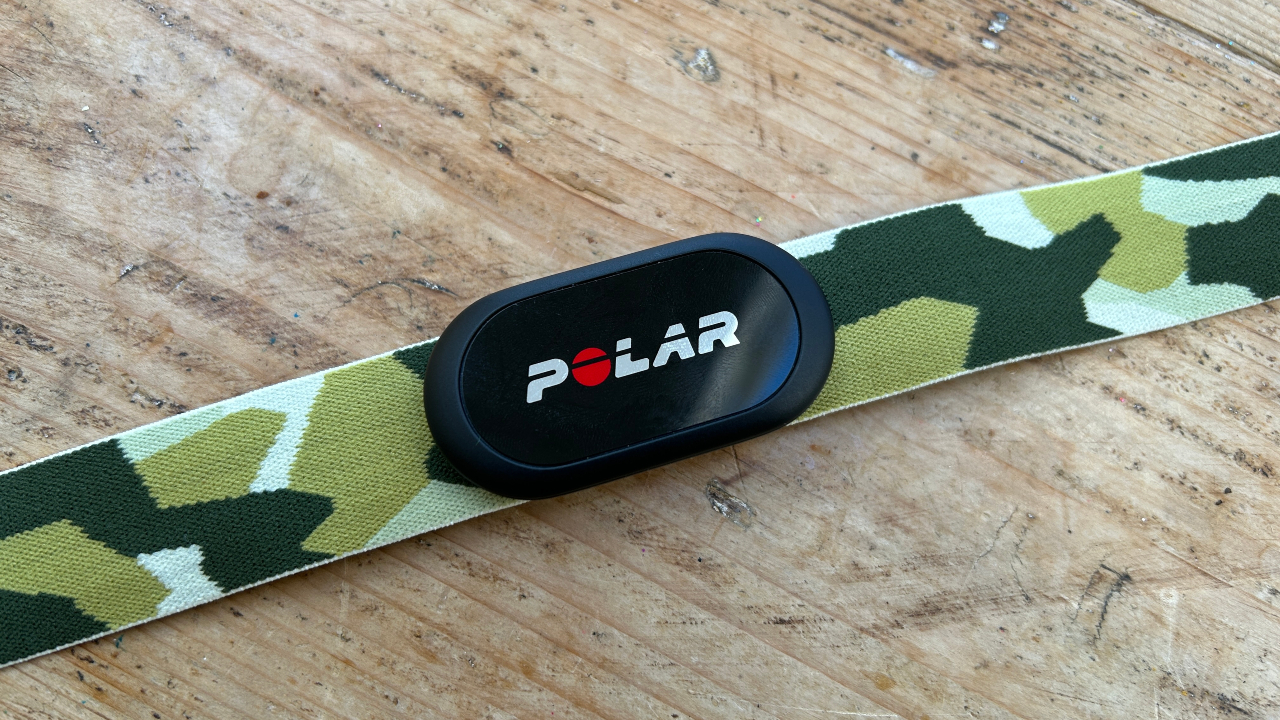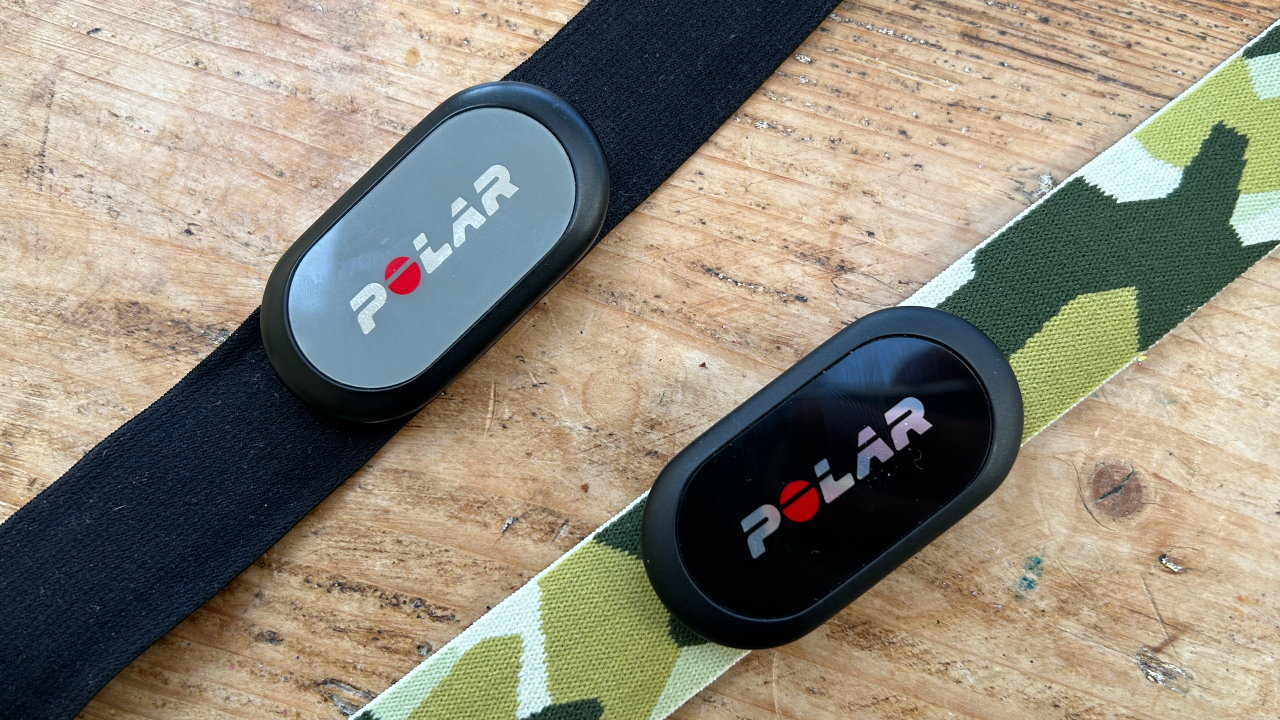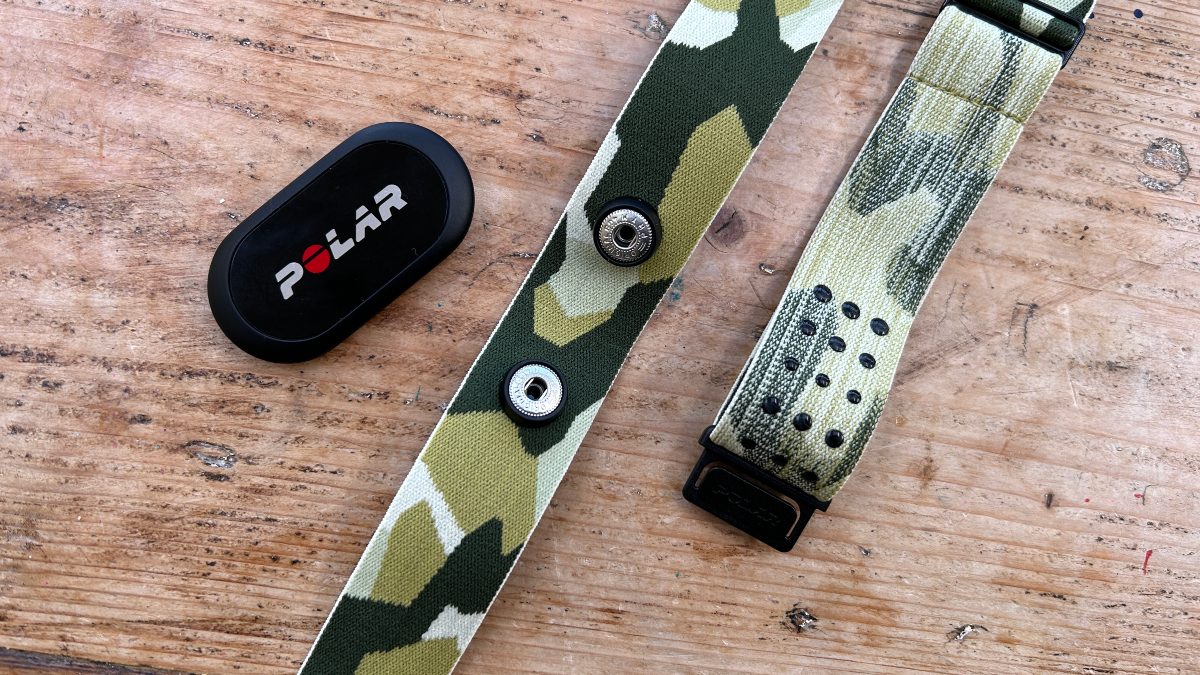Our Verdict
The Polar H10 is an older heart rate monitor, but to us it remains the gold standard for accuracy. However, you can get similar accuracy for less, and other heart rate monitors now offer more advanced features
For
- Accurate
- Often in sales
- Comfortable
Against
- No running metrics
- Cheaper alternatives
You can trust Coach
Polar has long set the standard with its heart rate monitors, and in our experience the H10 is as good, or better, than anything else on the market. The lack of obvious errors leads us to believe it’s the most accurate device available. It’s undoubtedly one of the best heart rate monitors, but unless you find it in a sale the Polar H9 is better value for most people. And, if you’re willing to spend more, the Garmin HRM-Pro Plus offers more advanced features, like running technique metrics.
Polar H10 Review: Price And Availability
The Polar H10 launched in early 2017 and has an RRP of $89.95 in the US and £76.50 in the UK, though you can usually find it in a sale somewhere for less. Polar also has the cheaper H9 strap, which costs $59.95/£51.50.
Design

There are six strap colour choices with the Polar H10, and two strap size options – M-XXL (67-95cm) and XS-S (58-71cm). You can also buy an extra large strap (82-140cm) by itself.
The pod clips securely into place with two buttons and the strap closes with a clasp. The soft fabric strap has a long smooth section that sits against the skin and contains the electrical sensors. There are also small silicone circles on the strap to help it stay in place during activities, and you can adjust the length easily to get a snug fit.
You can connect to other devices via Bluetooth Smart (two connections) and ANT+ (unlimited connections), as well as 5kHz analog heart rate (unlimited connections). The latter can be useful to connect to cardio machines. The H10 uses a CR2025 coin battery that you can easily replace by taking off the back cover on the pod.
How I Tested This Heart Rate Monitor
I have used the Polar H10 heart rate monitor off and on for several years, testing two H10 straps in that time (I lost the first). I run almost every day and have also used it for cycling, strength workouts and yoga sessions. I have also tested the Polar H9, along with Garmin and Wahoo’s latest sensors.
Sports Performance
The H10 gets a big tick for reliability from us. It’s best to wet the electrical sensor strip before starting a workout – dab some water on or moisten it somehow – to ensure the sensor locks onto your HR from the off. But even if you forget to do that, the H10 is as reliable as straps come, always matching my expectations of where my heart rate should be, and I often use it as the benchmark to test the accuracy of optical heart rate monitors.
Sign up for workout ideas, training advice, reviews of the latest gear and more.
It’s also a comfortable strap and I’ve never had any problems with it slipping or rubbing when using it for long runs, and don’t recall any dropouts in connection with whatever watch or treadmill I had the H10 linked to.
The H10 also links to Polar’s apps – Polar Flow and Polar Beat – and you can use it to track workouts with the apps as a standalone device. If you take your phone with you you’ll get a map of your activity, or you can start the workout on your phone then leave it behind and the H10 will track your workout and you can download the data when you come back to your phone. You can only store one workout at a time on the sensor, though.

Even if you don’t intend to use the apps to track workouts it’s worth linking your H10 strap to one of the apps to check for updates and change the settings on the strap. ANT+ connections and the ability to link it to two Bluetooth devices aren’t turned on by default so you need to change the settings to use those features.
The H10 doesn’t offer any of the extra stats you can get from more expensive heart rate monitors. The Garmin HRM-Pro Plus, for instance, offers running technique stats like ground contact time and vertical oscillation, as well as indoor pace and distance – so you can use the strap to track treadmill runs and send your pace to apps such as Zwift.
Battery Life

Polar says the H10 will last for up to 400 hours of workout tracking. I found that it fell short of that and I usually needed to change the battery after six to eight months of use, which would be – as a rough estimate – something like 250 hours.
It’s still a long time of course and it’s easy to change the CR2025 coin battery using a screwdriver to open up the back of the pod, or your nails if they’re long and strong.
Polar H10 vs Polar H9

The Polar H9 strap launched in January 2020 as a cheaper alternative to the H10. It offers the same accuracy but has a marginally less comfortable strap with a hook closure that doesn’t have the silicone spots for a more secure fit, though I didn’t have problems with the H9 on that front.
You can only connect to one device at a time via Bluetooth with the H9, though it has ANT+ for unlimited connections, and it doesn’t have on board storage for workouts so you need to have your phone with you to track your training sessions.
Given that most people will link the H9 to another device, like a watch, to track workouts the lack of storage isn’t really a problem, nor is the single Bluetooth connection – unless you have a raft of sensors you want to pair that don’t have ANT+.
Overall, the H9 is the smart pick of the Polar pair since it’s cheaper and just as accurate.
Is The Polar H10 Worth It?
Although the Polar H10 is pretty much faultless, the H9 is the better value pick despite being marginally less comfortable. Unless you need the niche extra features on the H10.
Outside of Polar, the best heart rate monitor if you’re happy to spend more is the Garmin HRM-Pro Plus ($129.99/£119.99) because of the extra stats it tracks, though these only benefit people who use a Garmin watch. I’ve found it just as accurate as the H10, and it syncs data to workouts recorded on Garmin watches after swims where the live HR data won’t transmit through the water.
Another option is the Wahoo Tickr X, which also tracks running technique stats and is cheaper than the H10 and the HRM-Pro Plus, at $79.99/£64.99. I haven’t tested the Tickr X but did have the occasional accuracy issue with the cheaper Wahoo Tickr, which doesn’t have the running stats, and I didn’t find it as comfortable as the Polar and Garmin straps.

Nick Harris-Fry is a journalist who has been covering health and fitness since 2015. Nick is an avid runner, covering 70-110km a week, which gives him ample opportunity to test a wide range of running shoes and running gear. He is also the chief tester for fitness trackers and running watches, treadmills and exercise bikes, and workout headphones.

